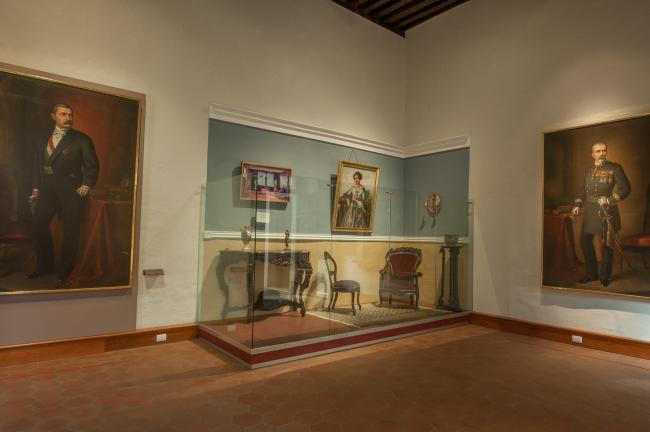
Turn of the Century: The Porfiriato in Michoacán
Sala
The year 1877 marked the start of the Porfirio Díaz era. In Michoacán, Manuel González’s constitutional restoration and Bruno Patiño’s appointment as governor opened the door to nearly thirty years of rule focused on modernization and progress.
The early Porfiriato was far from peaceful. A rebellion led by General Epitacio Huerta challenged Díaz’s authority, but highway bandits and kidnappers posed an even greater threat. Regional unrest was not fully quelled until 1881.
At the time, Michoacán’s population stood at 618,240, evenly split between urban centers and rural areas. In the first year of the Porfiriato, a public health campaign of vaccinations and sanitary reforms—especially in Morelia, Uruapan, Zamora, Puruándiro, and Zinapécuaro—spurred demographic recovery. Health laws were overhauled, existing hospitals improved, and new ones opened, such as the hospital in La Piedad.
In 1907, the long-standing border dispute between Michoacán and Guerrero was resolved by designating the Balsas River as the natural boundary: Pungarabato (today Ciudad Altamirano) and Sirándaro were ceded to Guerrero, while La Orilla remained in Michoacán.
Agricultural production of corn, beans, wheat, barley, chili, broad beans, sesame, and cotton increased. Textile mills sprang up in Morelia, Uruapan, and La Piedad. Relations between the State and the Catholic Church also improved; the Church helped Michoacán’s material development by renovating temples and establishing schools and health centers.


